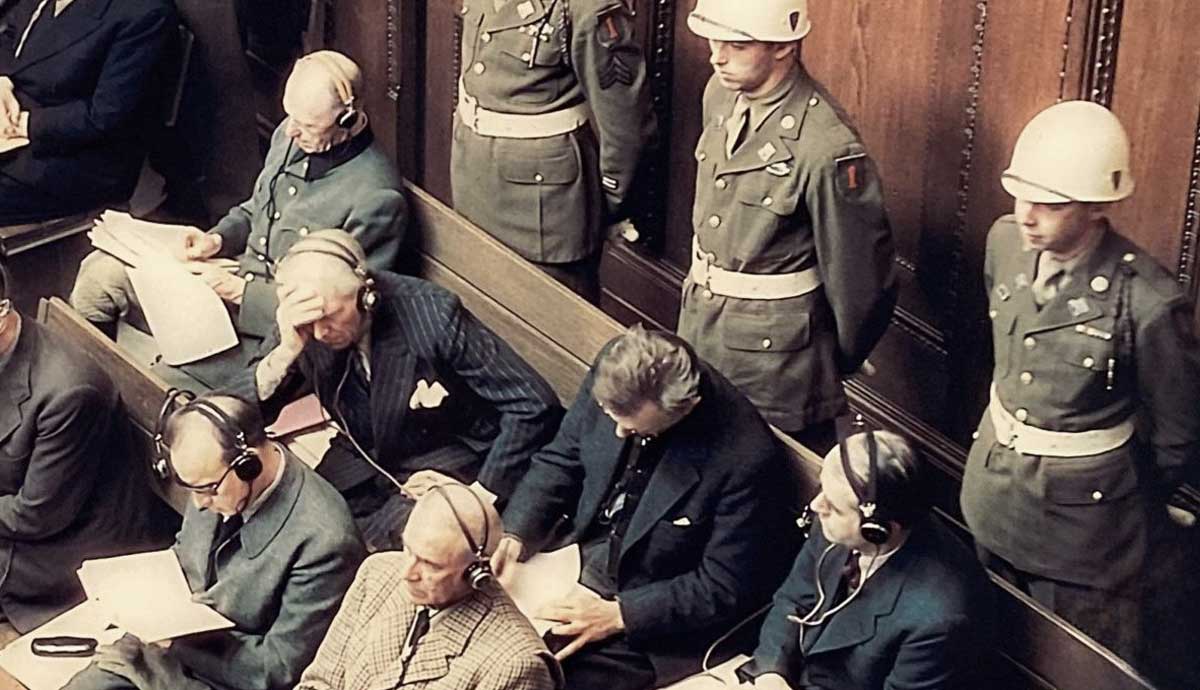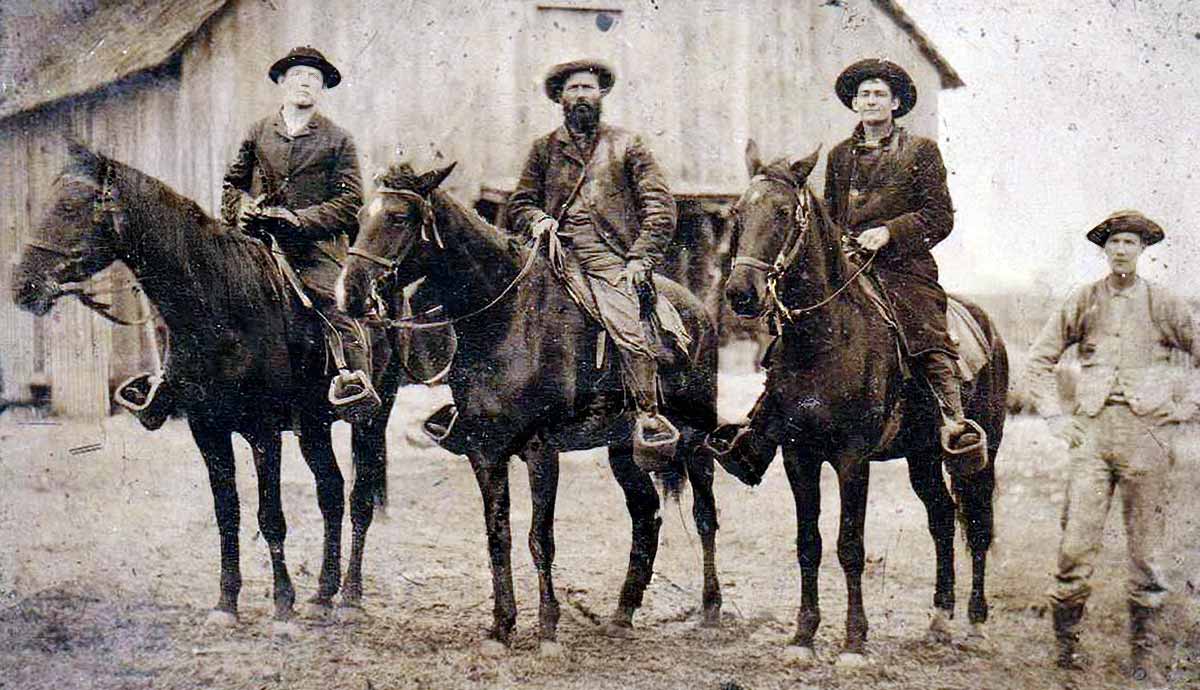
With Germany’s unconditional surrender on May 7, 1945, many influential Nazis were arrested. The Allies set up the International Military Tribunal (IMT) as discussed during wartime meetings. The main powers nominated a judge and a deputy to conduct the trials. In an ironic twist, the Allies decided to hold the trials in Nuremberg, the center of Nazi ideology. The charges included crimes against humanity, against peace, and conspiracy. The Nuremberg Trial defendants numbered in the hundreds. Twelve of the worst were hung. To confirm their deaths, the Allies cremated the remains, scattering the ashes. The Nuremberg Trials began in November 1945, with two dozen of the most hardened Nazis being arraigned. The following Nazis were the most insidious.
Herman Goering

The pompous Herman Goering, former head of the Luftwaffe and Hitler’s one-time heir, pleaded he only followed orders. As early as 1939, Goering knew exterminating Jews would soon start. In 1942, following Hitler’s orders, he had the SS begin the plan that became the Holocaust. As the Wehrmacht occupied countries, Goering plundered rare treasures for himself. The IMT found him guilty, sentencing him to death. But Goering cheated the hangman the night before his execution, killing himself with poison smuggled into his cell.
Wilhelm Keitel

Wilhelm Keitel, Chief of the German High Command, unlike Goering, was executed. Hitler appointed the Great War veteran in 1938. Known as Hitler’s “yes” man, Keitel never left the Fuhrer’s inner circle, participating in crucial decisions. Fateful orders that earned him his fate included orders to shoot captured commandos, signing decrees, and urging Army commanders to be harsh in their reprisals. Evidence used against him was many copies of his signed orders. Keitel pleaded that he, too, only followed orders like Goering.
Arthur Seyss-Inquart

Nazi government officials likewise faced consequences for their actions. Arthur Seyss-Inquart, one of two Austrian defendants, came to power just before Germany’s 1938 annexation of Austria. He assisted with the assimilation. In 1939, Hitler appointed him the Reichskommisar (governor) of southern Poland. By 1940, Seyss-Inquart was again a Reichskommisar but now governed Holland until 1945. Here, he ruled with terror and ruthlessness. He shared involvement in deporting 120,000 Jews to death camps, among them Anne Frank. Seyss-Inquart deported thousands of Dutch to Germany for forced labor. He ordered between 800-1500 Dutch executed for resistance, strikes, or as reprisals. Condemned to death during the Nuremberg Trial, he went to the gallows in 1946.
Rudolf Hess

Of all the Nazi leaders, the virulent anti-Semitic but enigmatic Rudolf Hess is more famous than Herman Goering. Born in Egypt, Hess became an Anglophile, admiring the British Empire. He fought in the Great War and joined the Nazi Party in 1920 as a brawler. Hess helped Hitler draft Mein Kampf, the Nazi Party’s ideological text, in 1925, and Hess drafted the 1935 Nuremberg Laws, which stripped Jews of citizenship. 1941, he flew to Britain, hoping to negotiate peace between Britain and Germany. For his crimes, Hess got a life sentence from the Nuremberg Trial and committed suicide in jail in 1987.
Joachin von Ribbentrop

No Nazi became more despised by his peers than Foreign Minister Joachin von Ribbentrop. A former champagne salesman, he added “von” to his name by marrying into a noble family. Naïve and haughty, Ribbentrop used diplomacy to encourage war or pressure neighbors to ally with Germany. He brokered the Axis agreement in 1941 and urged Japan to attack America directly. Once World War II started, Hitler didn’t need diplomacy, so Von Ribbentrop’s influence declined. He tried to keep Hitler’s attention by urging countries to deport Jews faster. For his efforts, Ribbentrop went first to the gallows.
Ernst Kaltenbrunner

While Nazis like Goering are well known, few would know Ernst Kaltenbrunner. But many feared him as he headed the RHSA, Nazi Germany’s security office. The RHSA administered the Third Reich’s law and security group. It also oversaw the death camps. Kaltenbrunner took over in January 1943. Easily identifiable by his height, deep facial scars, and quick temper, Kaltenbrunner ran the RHSA efficiently. Whether deporting Jews from occupied countries, arresting and executing resistance fighters, or checking death camp status reports, he knew about it. Kaltenbrunner looked to intensify all methods, especially regarding the “Jewish Question.”
Kaltenbrunner personally got involved twice during the war. After Italy’s 1943 surrender and the 1944 occupation of Hungary, he helped organize deportations of Jews, of which few survived. At the Nuremberg Trial, he claimed the now-dead Himmler was responsible, and that his orders were forged. He was executed in 1946.










